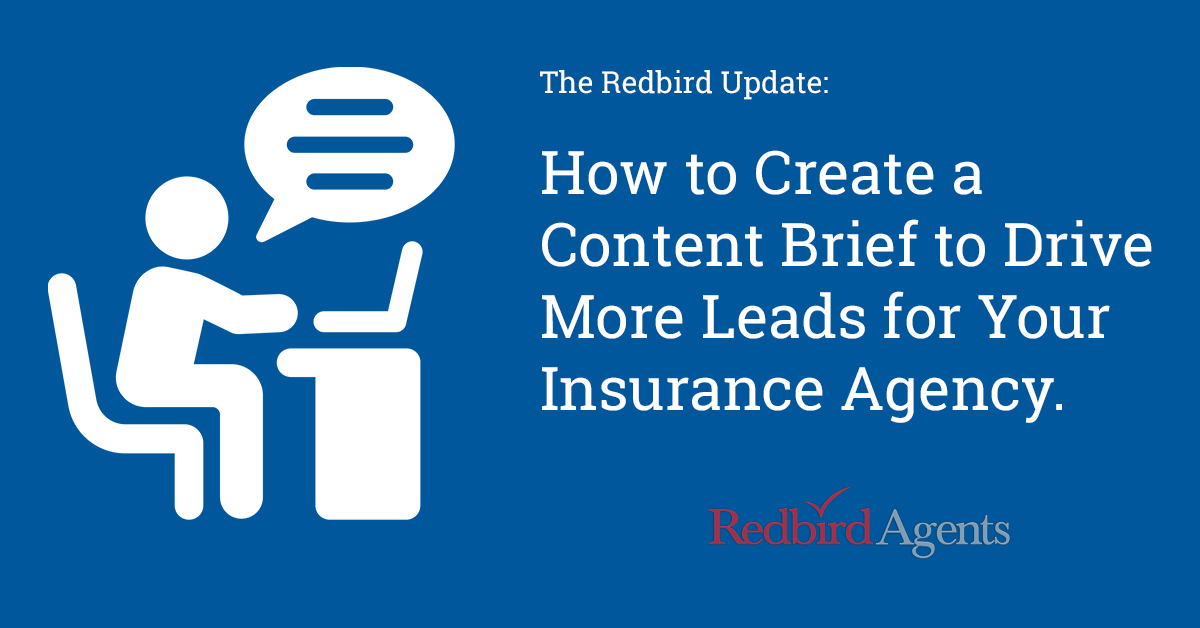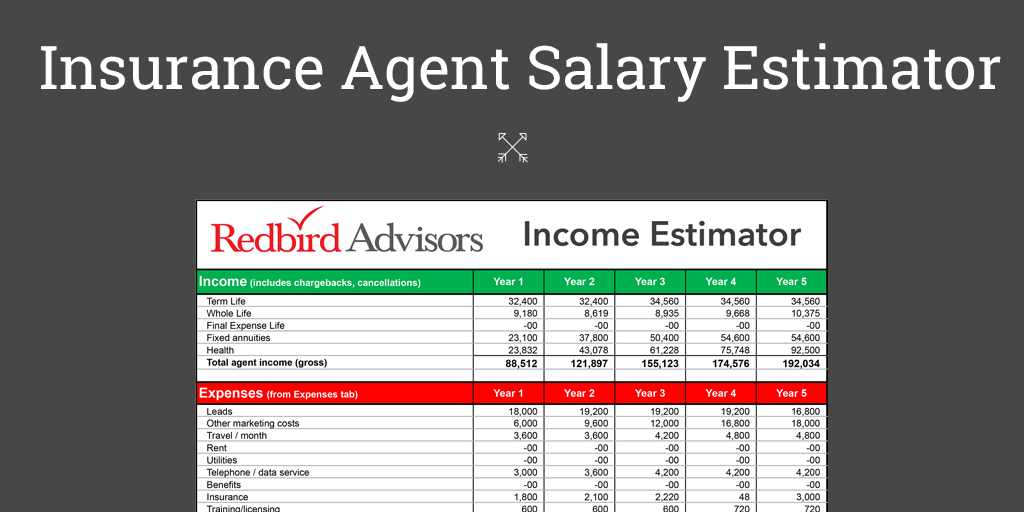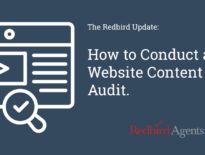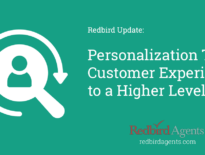
Staying on message with your content is one of the hardest things for a business.
Any business, not just insurance.
You know what you want to say, but this is only one part of your day job as an insurance agency principal.
Have you clearly communicated the message to those who actually do most of the writing in your agency, or at the marketing firm you hired to write for you?
If not, a search engine optimization (SEO) content brief as part of a broader SEO strategy should be high on your list of priorities as a way to streamline the execution of your content strategy to generate higher levels of organic search.
A content brief is the road map to intentional content that educates your reader, generates interest, and provides them actionable next steps to further engage with your brand.
SEO Content Briefs For Insurance Agencies
Technology now allows us to never have to touch a keyboard. Artificial intelligence can write anything and a good SEO program can fill the article with the magic words that get a search engine’s attention.
Yes, but…
Technology is good, but it is not yet a great story teller as it lacks the human element of personal interaction. And, personal experiences are what make good stories great!
Our approach to content creation is simple: write a great story first and let technology help bring it home. This is the ultimate way to keep your user experience front and center.
Everyone likes a good story and it’s a big reason customers keep coming back.
What is a SEO Content Marketing Brief?
For most situations, a content brief has five components in its structure:
-
Define clear and specific objectives.
-
Clearly define your target audience.
-
Generate high-interest topics your customers will want to read.
-
Conduct keyword research.
- Create a compelling call to action (CTA).
Here’s the reality most insurance companies face. You may have a marketing person or a content writer, or you work with a marketing agency. Often, in the heat of daily battles, you spew a little insight here and there and hope those responsible for producing content understand what you want. Unfortunately, your brief spew of brilliance is one hand clapping and often gets someone on your team in trouble because they aren’t as good a mind reader as you were hoping.
Now lets dive into the specifics of the structure:
1. Define Clear and Specific Objectives
What seems like such a simple task is often where insurance agencies get off course.
Keep this in mind: The more specific your objectives, the better your content should be. While the objectives are focused on something you want your target audience to do, remember that your other target audience is your writer. The more specific you can guide your writer the better their output will be.
Here are a few examples of objectives and the metrics you can use to gauge the success of your campaign:
-
Lead Generation. This is first in line for a reason. Publishing content that is educational is an excellent start. Then, offer additional information such as a guide or other important information that the reader can consume if they provide you their contact information. Keeping track of leads will be a snap.
-
Increase Website Traffic. Ongoing publishing across social media and multiple digital channels with a goal of driving customers to your website content is another excellent objective.
-
Establish Authority. Insurance is one of those industries where experts are rewarded. For example, you could publish a series of articles on a complex subject that could impact your Authority Score as well as raise your expertise in the eyes of the target audience.
2. Target Audience Basics
Focus on narrowing your scope to reach those most interested in what you’re selling. You should be solving a problem for the customer.
The best way to learn about your target audiences is to talk with them. There are many excellent online market research tools to conduct primary research: SurveyMonkey, Google Customer Surveys, TypeForm and Qualaroo. And staying in close contact with your insurance agents to get their feedback is also important.
Ask these questions (there are many more if you really want to get under the hood):
-
Demographics: sex/gender, age, income, household size, job, education.
-
Psychographics: values, interests, aspirations, attitudes.
-
Geographics: urban or rural, region, county.
Communications preferences:
-
How they use channels
-
Preferred channels
-
How often
-
Reasons they use certain channels
You will hear terms like personas and segments thrown around a lot with marketing firms. These are valuable constructs for ongoing marketing campaigns and should be a long-term goal for your business. We will leave this subject for another day.
Suffice it to say, you can still produce high quality content for digital marketing without hard-wired segments, but there is no time like the present to begin carving the market of potential customers into a defined group that will propel the growth of your agency.
3. Generate Topics That Your Customers Want to Read
Great stories still attract eyeballs. Brainstorm topics with your team that address your audience’s pain points, questions, and interests. These topics should provide value, educate, and entertain your readers while showcasing your agency’s expertise.
This is the moment in the process where there are no bad ideas. Be open minded and put yourself in the minds of your potential customers to generate the type of content that will generate the most interest.
Your goal is to develop a list of compelling content topics that resonate with your audience, ensuring that your content serves a purpose and captures their attention.
4. Conduct Detailed Keyword Research
Keyword research involves finding the words and phrases your potential clients use to search for insurance-related information. These keywords help you optimize your content for search engines and increase its discoverability.
Keyword research tools like Google Keyword Planner, Moz, or SEMrush are a great place to start. These tools simplify the process by suggesting relevant keywords based on your topics.
We can’t lie, keywords are a mystery to most. The technical aspect of keyword research might be intimidating for someone new to content marketing. What you are shooting for is a list of relevant keywords that will serve as the foundation for your content topics and titles. Focus on a handful of high-value keywords to start.
5. Call to Action: What Do You Want Them to Do?
Great content gets them to your figurative doorstep. At this point you have to punch them in the nose to keep their attention.
A call to action (CTA) guides your audience on what to do next after engaging with your content. It encourages them to take the desired action. Here are a few CTA examples:
-
Purchase?
-
Make an appointment?
-
Sign up for a blog or newsletter?
-
Review a demonstration?
-
Ask for important content you have created?
-
Request more information?
Your goal is to create CTAs that prompt your audience to take specific actions to help you achieve your content marketing goals such as generating contact information to have further contact with them.
How Long Should the Content Be?
You’re going to hate this answer: It depends. But, this makes it easier for your writers to put together compelling pieces of content because they aren’t limited to word counts. If you are always keeping the customer in mind, you don’t need to worry about the length of your content.
Complex subjects can be successfully communicated in hundreds of words and simple subjects can be drawn out over several thousand words. Know your audience and what they want/need and common sense will help you with the right answer.
Conclusion
Here’s something that might make you feel better. There are still many, many agencies who have not embraced a more methodical approach to content development. If you are one of those agencies, don’t be afraid to jump in the ring and get started swinging.


